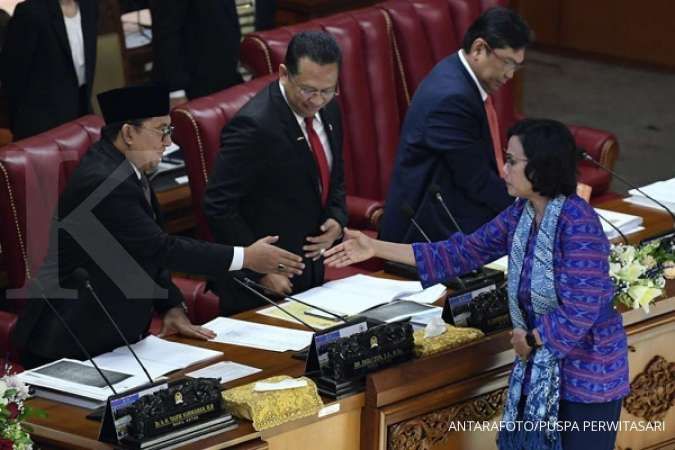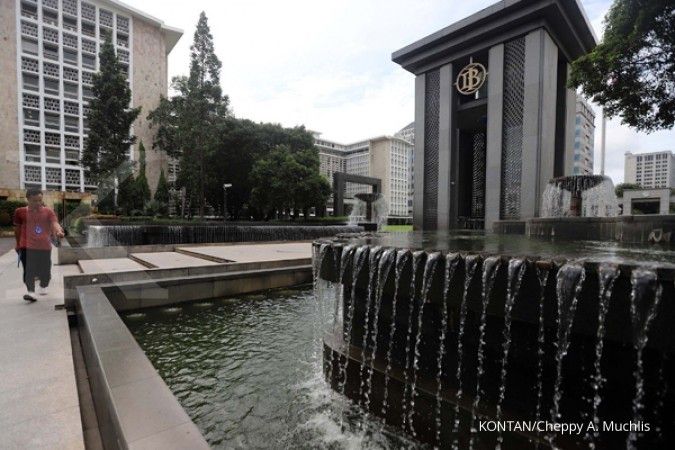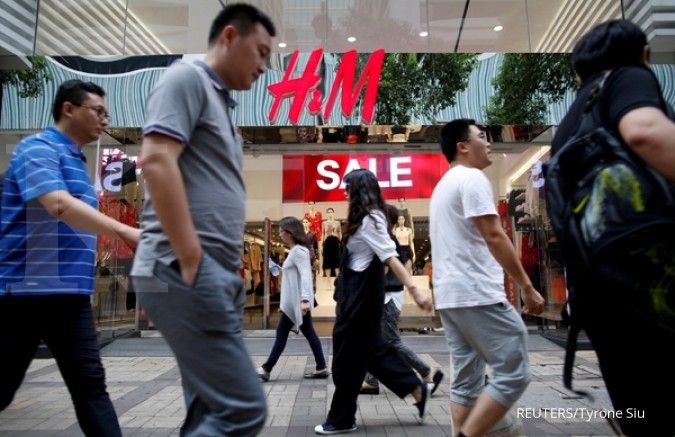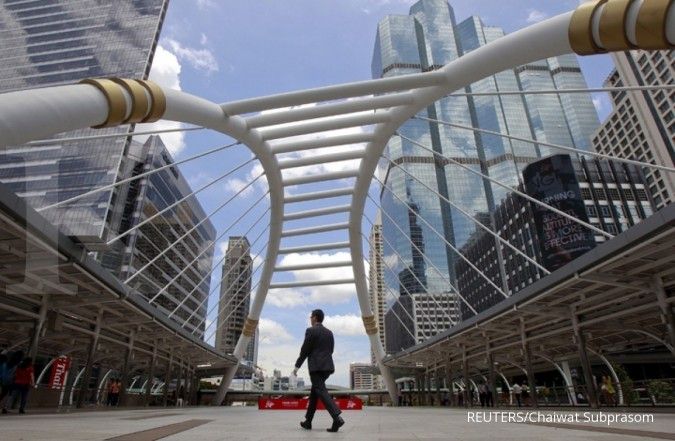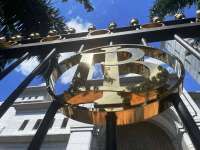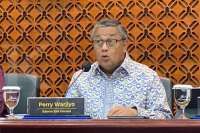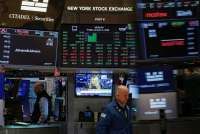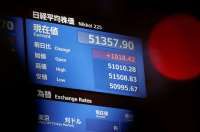AUSTRALIA - SYDNEY. Australia’s central bank will consider cutting interest rates next month, Governor Philip Lowe said on Tuesday as the resource-rich economy looked set to join some of its global counterparts in easing financial conditions to boost growth.
Lowe also urged the country’s newly re-elected government to do its part by slashing income taxes and boosting spending, as inflation and wages growth lagged the central bank’s expectations.
“A lower cash rate would support employment growth and bring forward the time when inflation is consistent with the target,” Governor Lowe said in a speech in Brisbane.
“Given this assessment, at our meeting in two weeks’ time, we will consider the case for lower interest rates.”
A cut would be the first in almost three years for the Reserve Bank of Australia (RBA), which last eased policy to a record low 1.50% in August 2016.
As global demand has cooled over the past year, and a protracted Sino-U.S. trade war took a toll on businesses worldwide, central banks around the world have kept policy stimulatory. The U.S. Federal Reserve halted its monetary tightenings in February, while countries from New Zealand to India and Malaysia have cut rates to support their economies.
“The RBA governor was upfront about the decision facing the Board in June,” ANZ economist David Plank said. “This is as clear a signal as the RBA ever delivers. We think the RBA will cut in June.”
A bevy of economists including those from Westpac and Commonwealth Bank rushed to revise their rate calls to a cut in June. Most expect that to be followed by another easing later in the year.
Financial markets are pricing in a 91% chance of an easing next month, from about 50% before Lowe’s speech, and are fully priced for another rate cut in November.
A Reuters poll on Tuesday showed 24 of 28 economists surveyed see an RBA rate cut next month. As many as 20 see a second move in August.
The Australian dollar was last down 0.5 percent at $0.6876, inching towards a recent 4-1/2 month trough.
The RBA’s dovish tilt comes as growth in Australia’s $1.3 trillion economy sputters. At the same time, inflation has remained under the RBA’s 2-3% target band and the unemployment rate has now ticked up to an eight-month high of 5.2% from decade lows of 4.9% hit in February.
Signs are domestic activity likely slowed in the three-months ended March to an annual 1.7%, the weakest since the 2008 global financial crisis.
Looser mortgage rules, fiscal boost
In a further boost to borrowers, Australia’s prudential regulator on Tuesday proposed lowering stress-test limits for mortgages.
The combination of lower interest rates and easy lending rules could help revive the country’s crumbling housing market where prices are down almost 10% from their 2017 highs.
“In effect, this means that any lowering in mortgage rates could be expected to have a greater impact on credit growth than otherwise,” Gareth Aird, senior economist at Commonwealth Bank said in a note.
In an apparent move to put some onus on the government to help revive the economy, RBA’s Lowe indicated that monetary policy was not the only game in town.
“I have been a strong advocate of increased spending on infrastructure, because it adds to demand but also makes all our lives better,” Lowe said, responding to questions following his speech.
He pointed to subdued household consumption as the biggest reason behind the broader economic downturn, suggesting tax breaks might bolster household incomes.
Taxes paid by households over the past year jumped 10%, a much faster clip than income growth of a measly 3.25%, he noted.
“Stronger growth in income will help, but the more important factor is some tax relief,” Lowe said.
Australia’s conservative government, which pulled off a shock election win over the weekend, has pledged tax relief for tens of millions of households. But Prime Minister Scott Morrison might not meet a June deadline, clouding the exact timing when households will receive the full rebate.
A delay would be unwelcome and add pressure on Morrison’s government to announce other measures to help relieve pressures on Australia’s heavily indebted households.
“The economy is about to receive stimulus from a variety of forms: lower interest rates, tax relief, a lift in infrastructure spending and, we believe, a stabilization in dwelling prices,” Commonwealth Bank’s Aird said.
“Forthcoming stimulus, particularly to the household sector, should see confidence lift and in turn spending and economic activity.”
/2017/12/18/1526668417p.jpg)
